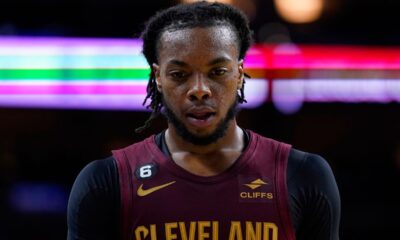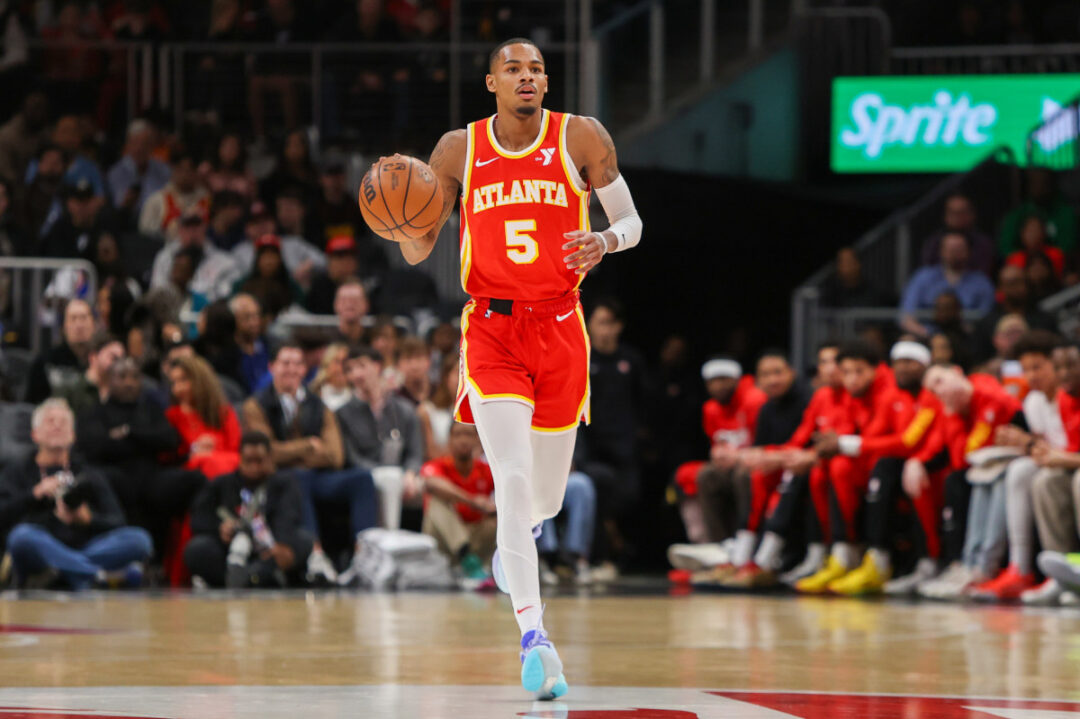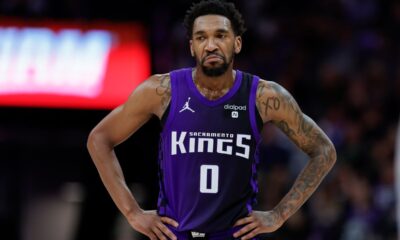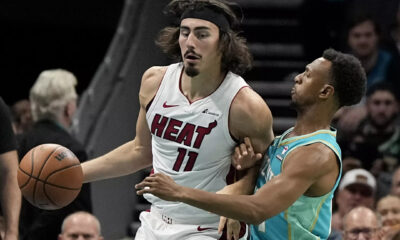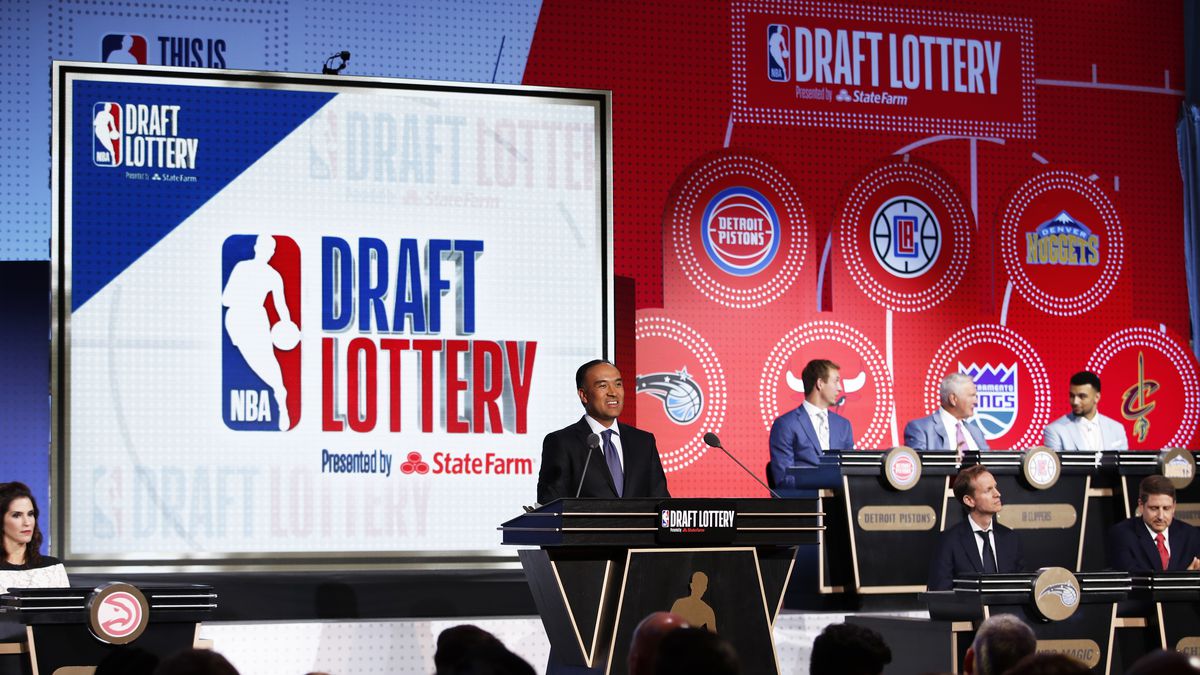
The dust from the NBA lottery has settled. Having known the draft order for several weeks, basketball fans everywhere are fixated on what prospects their team could select. However, a draft can often tell us much more about a franchise than which player is joining their roster. Let’s examine what each team’s draft slot reveals about their long term positioning.
Minnesota Timberwolves: Their team building window is closing sooner than you may think. Having acquired the number one pick in the draft, many believe that this extends the Wolves’ championship window. Don’t be so sure. From a cap standpoint, drafting at the top of the lottery will put another max contract on Minnesota’s books alongside Karl-Anthony Towns and D’Angelo Russell in four short years. This means that between now and then is when the Timberwolves will have to leverage their cap room to acquire the rest of their potential playoff core. It doesn’t help that the Timberwolves will have to extend Malik Beasley and Josh Okogie during that time span. Fortunately, having lost their pick next year to the Golden State Warriors, Minnesota has all eyes on winning as much as possible.
Golden State Warriors: A referendum on small ball. Historically, the Dubs have built their teams around wing depth, allowing them to dominate teams with lineups such as the infamous Hamptons Five. With a chance to add a long-term building block to their core, the Warriors draft pick will reflect their evaluation of whether going small is their best strategy. If not, it’s hard to imagine them passing on James Wiseman, one of the highest-ceiling center prospects of the decade. However, if the Warriors deal this pick, that means they’ve decided that small ball is still the engine behind their next push for the title.
Charlotte Hornets: Adding their first real building block. After Kemba Walker’s departure in last year’s offseason, this year’s draft will be the first in which Charlotte is fully committed to a rebuild. Having their highest pick since 2006 should result in the Hornets being able to select a player to build around to fully replace Walker. Even with the breakout of Devonte Graham, expect the Hornets to look for the best player available here, which may very well be Lamelo Ball. I’m sure Lavar and Michael Jordan will get along just fine.
Chicago Bulls: Locking in their lineup of the future. Don’t let the high draft spot fool you, the Bulls are loaded with young talent. Coby White, Zach Lavine, Lauri Markkanen, and Wendell Carter Jr. are all lottery picks whose average age is only 22.25 years old. The only thing that lineup is missing (well, beside adequate defenders) is a wing, and they happen to be in the perfect spot to draft one. With Deni Avdija or Isaac Okoro in tow, the Bulls will have put together a starting lineup that could grow into a team that makes waves in the Eastern Conference and exited their rebuilding phase.
Cleveland Cavaliers: Finding an identity. Cleveland’s roster is currently trying to wear two hats at once, boasting 2016 holdovers like Kevin Love and Tristan Thompson and development projects such as Darius Garland and Kevin Porter Jr. By adding another young player to this roster, the Cavs will take another step to fully rebuilding, potentially accentuated by a Kevin Love trade. Though they’ll still have to deal with the albatross of Andre Drummond’s contract, the Cavaliers will look to use this offseason to complete their transition to a young team and unload the majority of their veteran players.
Atlanta Hawks: A chance to solve the Trae Young puzzle. Young’s sophomore season saw him grow even more comfortable in the NBA, and put a magniscope on the highs and lows of putting him in the driver’s seat of a franchise. While his playmaking and jump shooting capabilities remain impressive, it’s clear that his lack of size and defensive ability demands a certain set of teammates for team success: players that are able to shoot, defend, and occasionally make plays. The Hawks have plenty of players who can do two of those things (such as Kevin Huerter and DeAndre Hunter), but lack a backcourt mate for Young that can check all three of those boxes. Look for them to swing on Tyrese Haliburton, a solid shooter and defender who can comfortably allow Young to work away from the ball.
Detroit Pistons: Waving goodbye to Derrick Rose. Rose aside, there may not have been a more underwhelming positional battle last year than the race to grab the starting point guard spot for Detroit. Watching Langston Galloway, Brandon Knight, and Tim Frazier vie for a spot in the lineup was less than inspiring for Pistons fans, and it would be shocking if Detroit didn’t address the need for a long-term solution in this year’s draft. After drafting a point guard such as Haliburton, Killian Hayes, or Cole Anthony, look for the Pistons to move on from most of their point guards, Rose included.
New York Knicks: Determining quality vs. quantity. Of all the teams in the mid/late lottery, the Knicks are the most likely to trade up. After a five year stretch of diminishing returns and wasted potential, they are no doubt feeling pressure to make a big move and accumulate star power. However, they’re going to need to sacrifice depth in order to do so. That means young contributors such as Mitchell Robinson and Frank Ntilikina would have to be on the move, along with multiple draft assets. The Knicks will have to decide whether sacrificing the little depth they have will be worth it to pair RJ Barret alongside one of the draft’s big-name players, or keep building their core and pick up a complementary player like Obi Toppin or Devin Vassell. Of course, moving up comes with its drawbacks as well: the younger your team is, the longer it takes to develop. Can the Knicks afford to wait that long?
Washington Wizards: Maximizing post-injury John Wall. The Wizards quietly built up the league’s seventh best offense this year, thanks to the additions of Davis Bertans (the Latvian Laser!) and Rui Hachimura. Regaining John Wall should only further boost this offense up the rankings, as well as reestablish a much needed defensive presence. However, the Wizards have a glaring need at small forward: none of their wings shot over 35% from three, which will be particularly disastrous for Washington’s spacing when Wall returns. The success of the former number one pick will depend on Washington picking up the right small forward to fill that need, and this year’s draft is their best chance to do so.
Phoenix Suns: Keeping the bubble momentum. For the first time in nearly five years, it’s a good time to be a Suns fan! After an undefeated run to close the season, the Suns have the luxury of working with a top-ten pick to shore up their already impressive depth. It would behoove them to draft a point guard here. Of all their breakout players in the bubble, Cameron Payne and Jevon Carter seem to be the flukiest. The Suns could look at Cole Anthony here, but don’t be shocked if they trade down to select Phoenix native Nico Mannion in the 20s.
San Antonio Spurs: Gambling on a Lamarcus Aldridge replacement. After the loss of Kawhi Leonard, the Spurs front office has steered the franchise in a conservative middle course between contending and building for the future. In that time they’ve accumulated solid depth at the guard positions, but are still vastly underprepared for the impending decline/losses of Demar DeRozan and Aldridge. It will be interesting to see how frisky the Spurs are with this pick. If they’d like to keep their trajectory, Onyeka Okongwu (a skilled but undersized big out of USC) is their likely target. However, if they want to double down on their ability to develop young players, they could get spicy and pick up Aleksej Pokusevski, one of the most intriguing late-lottery prospects with a Kristaps Porzingis-esque ceiling.
Sacramento Kings: Making a positive impact on Marvin Bagley’s future. With Luke Walton and Vlade Divac out of their respective positions as head coach and general manager, Kings faithful have to be tired of the yearly regime changes. Those changes can be disastrous for a team’s continuity, as new front offices can sour on players that were previously viewed as key pieces. Bagley is in danger of falling victim to this, especially after two injury riddled years of inconsistent production. However, Bagley has shown flashes of being the real deal, and in order to get the clearest results, the Kings will have to pair him up with a frontcourt mate that can complement his strengths. Okongwu seems to be the most intuitive option, but look for the Kings to part with their pick if he’s off the board.
New Orleans Pelicans: Figure out a long-term shooting guard. No team looked more disappointing in the bubble than New Orleans, whose offense sputtered to a halt with Brandon Ingram off the court. Though the Duke product offers a steady bucket-getting option, the next best scorers on the Pels are Jrue Holiday and JJ Redick, aged 30 and 36. New Orleans needs to invest in their young scorers, especially after Nickeil Alexander-Walker and Josh Hart put in (pun intended) disheartening seasons. Expect the Pelicans to pursue Stanford’s Tyrell Terry, a flamethrower from distance who should make life easier on Ingram and Williamson.
Boston Celtics: Get thee gone, Brad Wanamaker (and more?). Though the Celtics were certainly hoping to get a higher pick from the Memphis Grizzlies, they’ll still get to benefit from this draft’s outstanding point guard depth. While their playoff rotation seems mostly set for the next few years, they need an upgrade at their backup point slot, as Wanamaker just isn’t cut out for playoff competition. Tyrese Maxey seems like an incredible fit for Boston, especially if they need to get rid of Marcus Smart’s salary. He’s uber athletic, plays hard, and has big game experience at Kentucky. Celtics fans will love him from day one.
Related

Featured Articles
-


Uncategorized
/ 8 hours agoA Misguided Misstep: AEW’s Backstage Blunder on Dynamite
In the realm of professional wrestling, storytelling is paramount. It’s a delicate dance between...
By Randy Zellea -
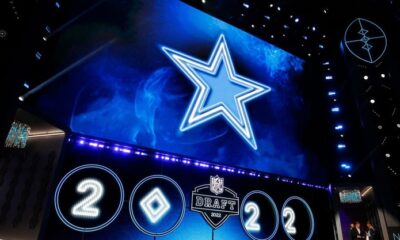

Features
/ 2 days agoWho should the Cowboys select in Round 1 of the 2024 NFL Draft?
This year’s 2024 draft is loaded with offensive tackle and wide receiver talent which...
-
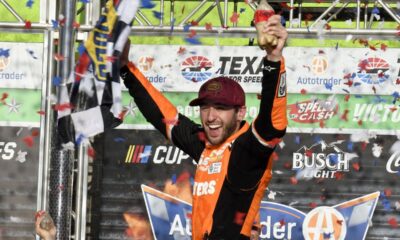

Features
/ 2 days agoA Texas Sized Victory for Chase Elliott
Here we go again, for the second time in four races, NASCAR is back...
By Jacob Barker -
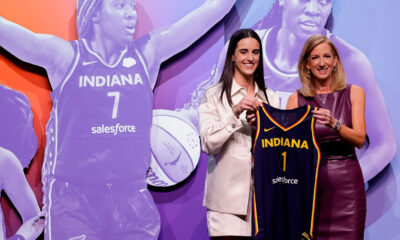

NCAA
/ 2 days agoTrinity’s 2024 Newsletter: 2024 WNBA Draft Recap
Outside of the assumption that Caitlin Clark would be picked first in the 2024...
By Trinity Rea
